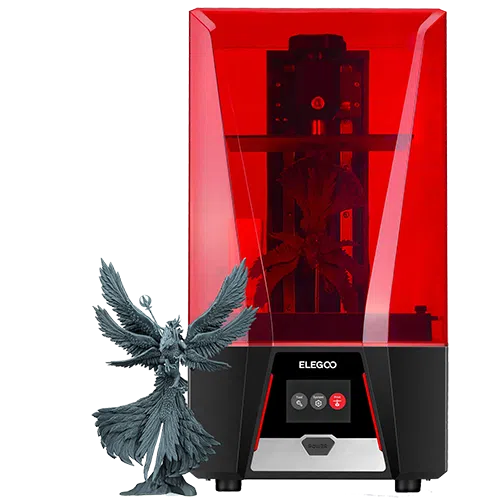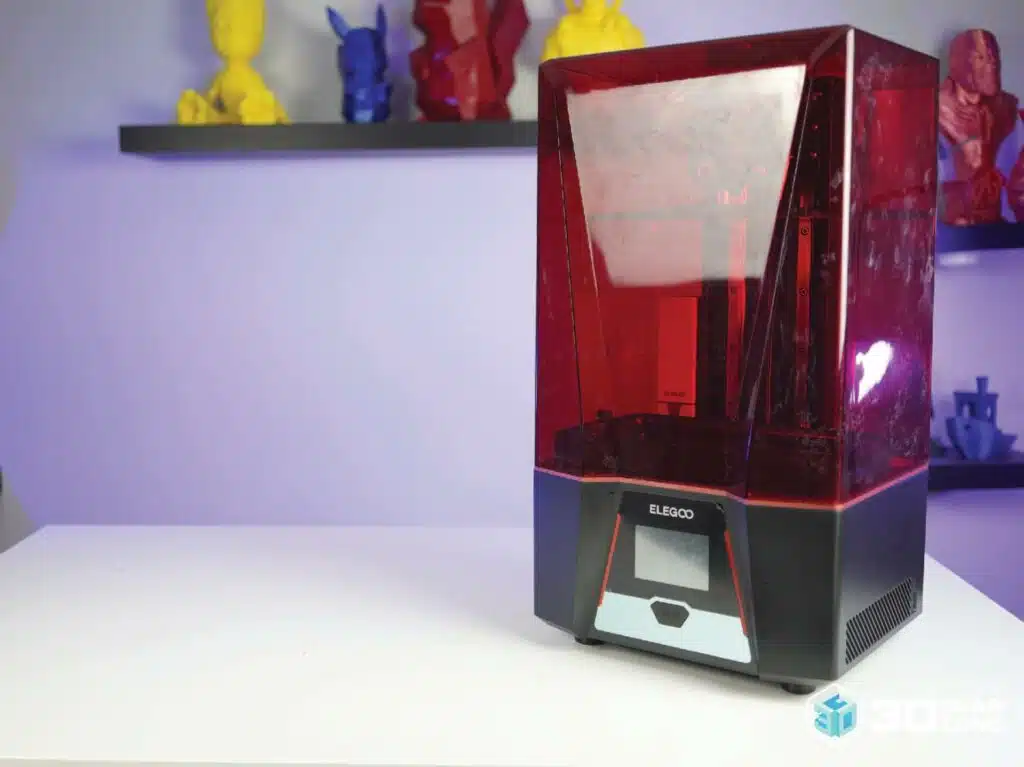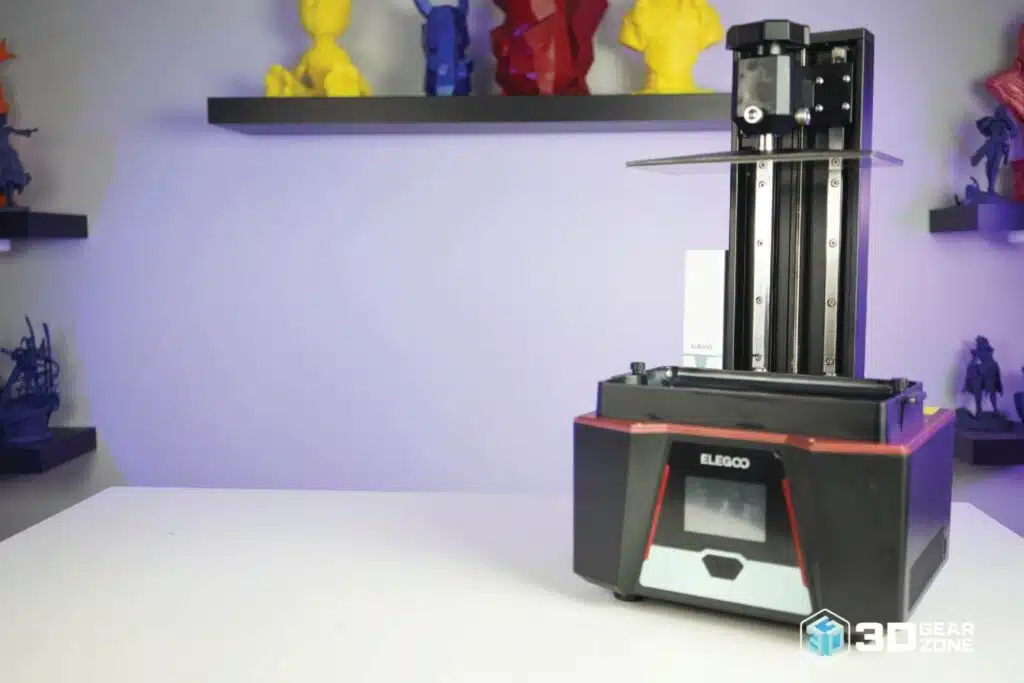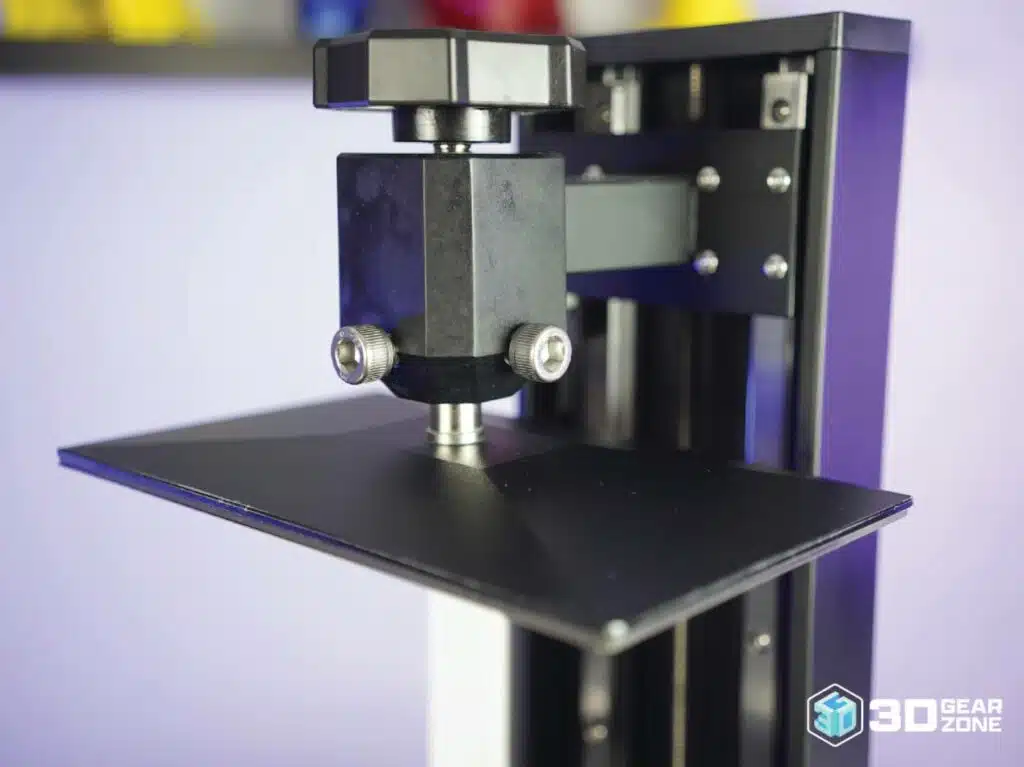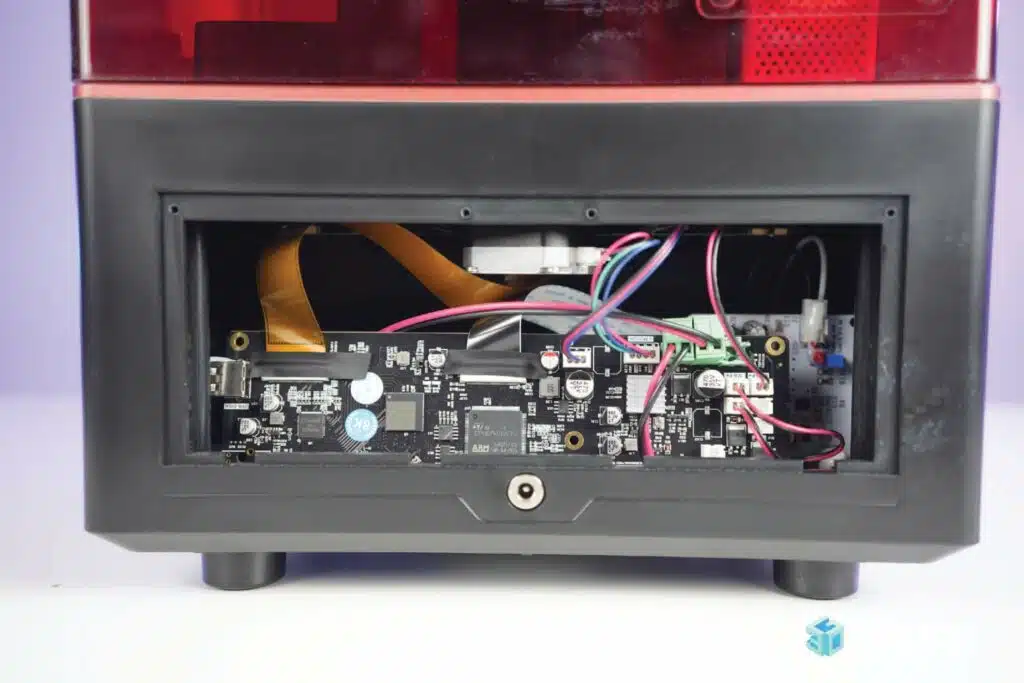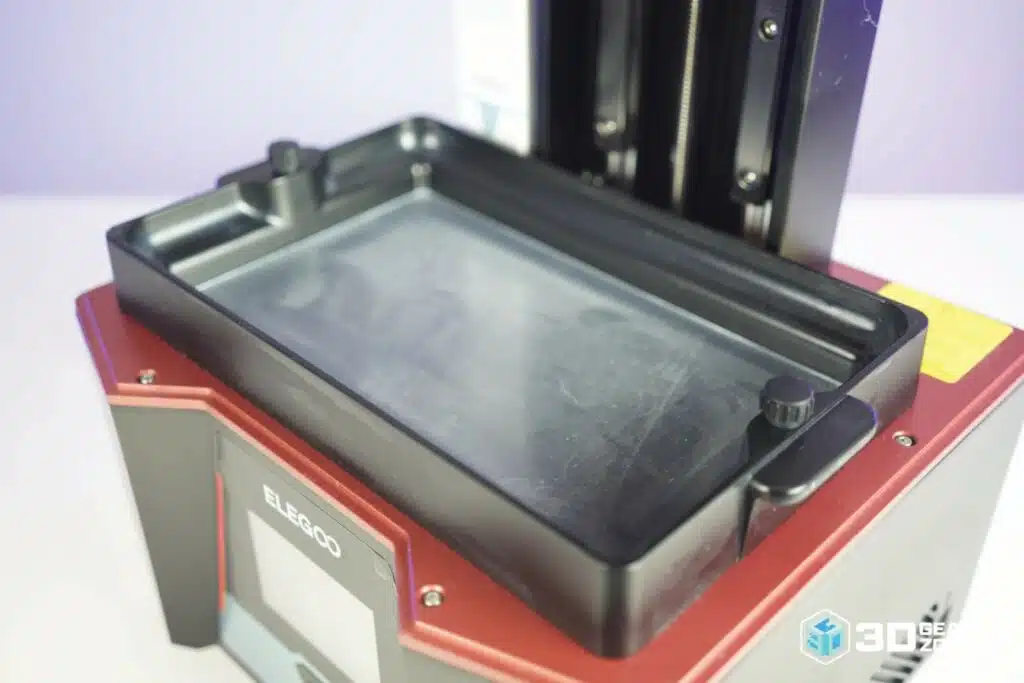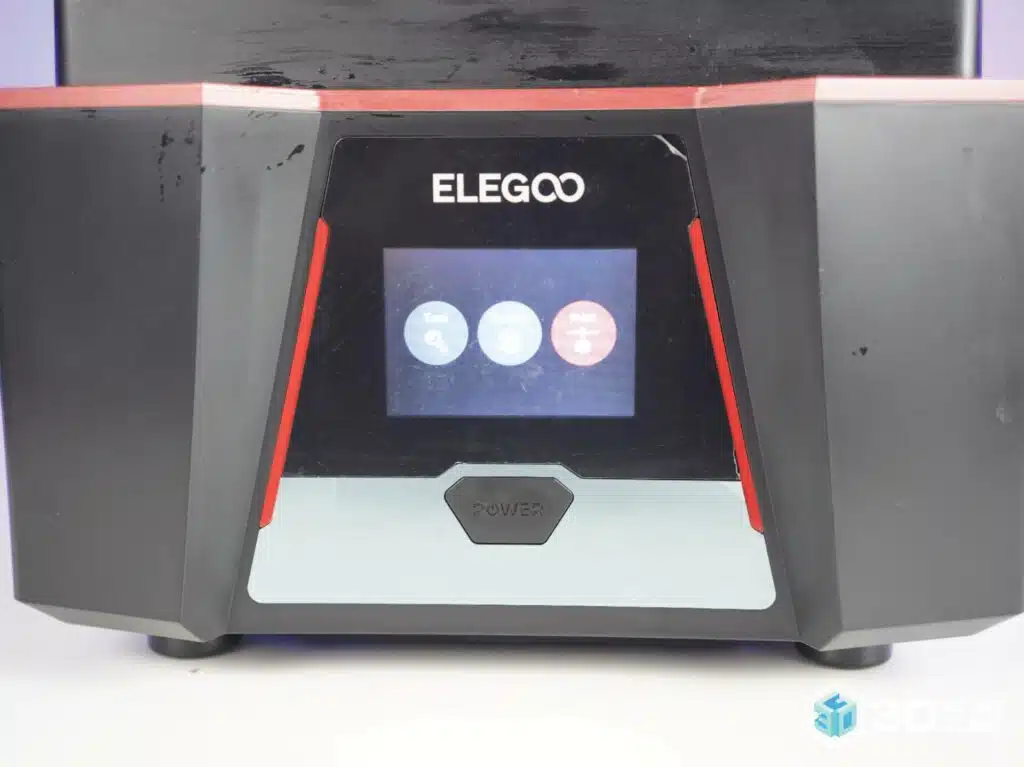Resin 3D printers excel in print quality and their ability to reproduce intricate details, which relies on the quality and resolution of their LCD screen. The original Saturn sported a high-resolution 4K display, allowing it to resolve details as small as 47um. However, the Saturn 2 takes it to the next level with a larger, ultra-high-resolution 8K display, capable of resolving details as tiny as 29um. We’ll be running an extensive array of tests to see if that translates to real-world improvements.
We tested the Saturn 2 in three major areas: ability to resolve detailed models, z height consistency, and consistent UV exposure across the whole build plate. One of the most common things for resin 3D printers to print are highly detailed figurines and models. We tested the Saturn 2’s ability to print detailed models by having it print a variety of intricate figures, both large and small.
When it came to printing small details, the printer performed flawlessly. We also pushed its capabilities with organic models, printing a mech model and figurine to test its ability to resolve more angular features. Again, the Saturn 2 had no issues printing each of these models, and the texture came out perfectly.
We later tested the Saturn 2’s ability to print tall objects and exaggerate any issues related to the z-stepper motor or the linear rail on the z-axis. Unsurprisingly, the ELEGOO Saturn 2 had no problems printing out the small details in the tower. It also showed no issues with z-alignment because of its sturdy construction and dual linear rails on its z-axis.
For our final test, we utilized the ELEGOO Saturn 2 to print a series of detailed tiles across its build plate. This was to test how evenly the UV light is distributed across the build plate. If the light distribution is uneven, the details on the edge will look different compared to those in the middle. With such a large build surface, we were interested in how evenly lit the build area of the Saturn 2 truly is. After all, ELEGOO claims that its UV light system ensures that UV exposure is uniform across its entire build area. And true enough, we found no discernible difference between the tiles on the edge and those in the middle.
All in all, the ELEGOO Saturn 2 outputs excellent quality prints that set the benchmark for this generation’s medium format resin 3D printers.
Saturn vs. Saturn 2
With the addition of the 8K LCD screen, we were eager to see if there was also a difference between the already impressive 8K LCD of the original Saturn compared to the newer Saturn 2. When printing with the standard gray resin, however, we couldn’t discern any significant distinctions between the two.
We then decided to reprint all the models using Siraya Tech’s Navy Gray resin, which is specifically designed for “8K ready” resin printers like the Saturn 2. To this end, we noticed a subtle improvement in the sharpness of details in the Saturn 2 prints compared to the original Saturn. This only highlights how users would normally need an extremely detailed model and higher-quality resin to take advantage of the increased resolution of the latest generation of resin 3D printers.

